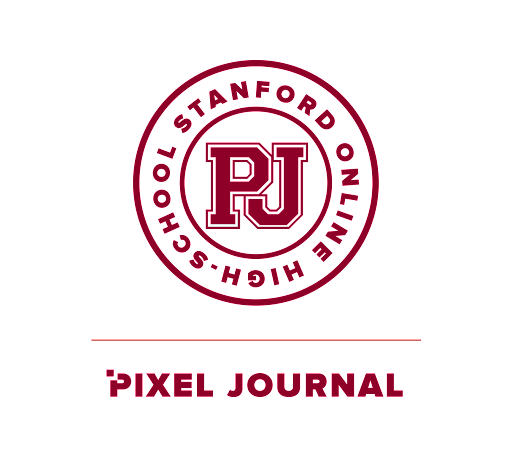Rising Tennis Star, Tristan Boyer
Tristan Boyer is a freshman at the OHS and already on track to become a professional tennis player. During our interview, he emphasizes the mental fortitude tennis requires: “The hardest part of tennis is definitely the mental fortitude necessary to win a match; and then do that six times in a row to win a tournament.” He sticks with tennis because of his love for the sport that stems from a young age. Tristan started playing on the court at three years old, but was hitting balloons with tennis rackets at two. As he grows up, he discovers aspects of the sport he had never considered, saying “now that I’m improving, I find it so much more deep and intricate than I ever would have thought.”
Traveling internationally is a huge component of a star tennis player’s schedule and Tristan spent about three months on the road in 2016. He recently was in Melbourne, playing the Junior Australian Open (The Australian Open is one of the four biggest pro tournaments of the year) which he classifies as his most enjoyable tournament “simply because of the experience.” He cites playing in Harare, Zimbabwe as another favorite location. However, he emphasizes the playing as more important than the surrounding circumstances: “it doesn’t matter so much where I am [though] just as long as I can play, and the courts are somewhat good.”
Tristan’s training schedule takes a large portion of his time which is split between tennis and academics. He trains around four and a half hours each morning, which allows him to maximize practice time since he has classes in the afternoon. His training is spent working on footwork and scrimmaging with other players. Balancing academics with tennis requires a lot of communication between his coach and him as well as the school and him. “There is no substitute for hard work.” When he is home in Pasadena, he has a set schedule, but while he is on the road it becomes more challenging because of the training and matches that vary in time on a daily basis, particularly with time-zone changes. Even more challenging is dealing with “the mental fatigue from matches affecting efficiency and productivity in school (and vice versa).” OHS allows him to change sections often to accommodate time-zone changes, but oftentimes he has to communicate with the tournament director directly who allots times for matches that accommodate his class time. His solution is to do school at night and change his training and homework schedule on the road day-by-day.
Tristan looks forward to graduating from OHS, attending college where he hopes to play on the tennis team, and then “trying [his] luck at the [The Association of Tennis Professionals (ATP) Tour].” He’s calculated that it should take around three or four years to make “serious improvements in terms of getting a ranking that allows [him] to make money” on the tour and looks forward to a long career in tennis.
Tristan’s advice for young athletes is to focus on the mental aspect of a sport and to full develop yourself: “It is most important to focus not on wins, but on the process, and developing substance, and then wins will come. This true for all sports, but especially tennis because it take so long, and there are so many different stages, to developing a player.”


